Qualitative Nitrate Detection for Toxicity Potential
Reviewed
Provides a qualitative test to detect potentially toxic nitrate levels in water, forage, and feed samples.

Agricultural Hand Signals
Reviewed
Voice communications are impossible in certain agricultural situations due to distance and noise. For this reason, standard Agricultural Hand Signals have been developed for farm machinery operators by the American Society of Agricultural Engineers. Hand signals can prevent accidents and save time. Use them and teach others to use them.
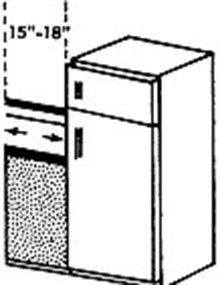
Kitchen Planning: Work Centers
Reviewed
Design an efficient kitchen layout by organizing work areas into functional centers, optimizing workflow and minimizing unnecessary movement.
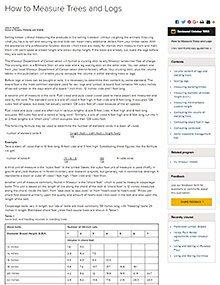
How to Measure Trees and Logs
Reviewed
Selling timber without measuring the products is like selling livestock without weighing the animals. Visit our site to learn how to measure trees and logs.
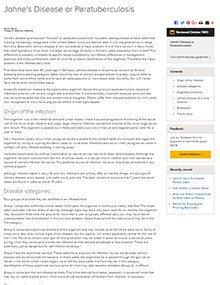
Johne’s Disease or Paratuberculosis
Reviewed
Feeding to Maximize Milk Solids
Reviewed
Maximize milk solids production by optimizing feeding strategies for dairy cows, focusing on proper nutrition, feed intake, and balanced diets.

Accessory Apartments
Reviewed
Learn how accessory apartments offer flexible housing, added income, and independent living in spaces like basements, attics, or garages.
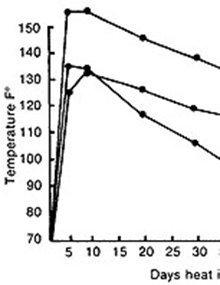
Making and Storing Quality Hay
Reviewed
Properly making and storing hay and greatly reduce dry matter loses. Visit our site to learn about Making and Storing Quality Hay.
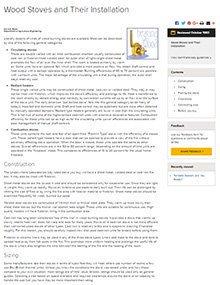
Wood Stoves and Their Installation
Reviewed
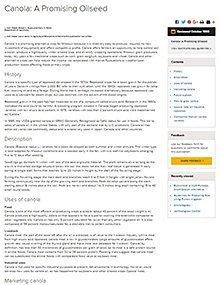
Canola: A Promising Oilseed
Reviewed
Canola is a high-value oilseed crop ideal for Missouri farmers, offering benefits like soil erosion control and diversification. Learn about growing and marketing it.
Simple Home Repairs: Cracks in Concrete Sidewalks
Reviewed
Learn how to repair sidewalk cracks using mortar and epoxy for a safer, more attractive walking surface.

How to Select Lubricating Oil for Farm Engines
Reviewed
Essential information on selecting the appropriate engine oil for farm equipment, covering oil types, viscosity, additives, and operating conditions.
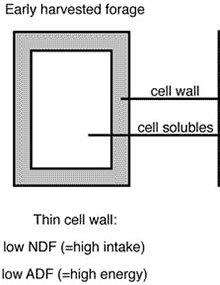
Using NDF and ADF to Balance Diets
Reviewed
Estimate forage intake and energy values for cattle diets using NDF and ADF measurements to optimize animal performance and feed efficiency.
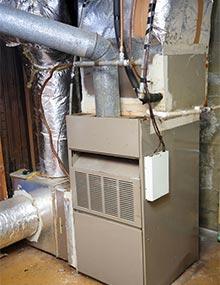
Heating System Maintenance
Reviewed
Learn how to maintain your home's heating system for efficiency, safety, and comfort with practical tips on furnaces, ducts, and radiators.
Displaced Abomasum
Reviewed
The abomasum is the fourth, or "true," stomach in the cow. It normally lies low down in the right front quadrant of the abdomen, just inside the seventh through 11th ribs (Figure 1). Adjacent to the abomasum, on the left side of the abdomen, is the large first stomach, or rumen (Figure 2).

Recommendations for Aging Beef
Reviewed
The main reason for aging beef is to improve the tenderness and the flavor of the meat. Visit our site for recommendations for aging beef.
Whole Soybeans for Dairy Cattle
Reviewed
Whole soybeans offer high energy and palatability for dairy cows but must be fed in moderation to avoid excess dietary fat affecting milk production.

Is Your Wiring System Safe and Energy Efficient?
Reviewed
Learn how to assess and improve your home's electrical wiring for safety and energy efficiency, including tips on circuit protection and common warning signs.

Birdsfoot Trefoil
Reviewed
Birdsfoot trefoil is a long-lived perennial legume ideal for Missouri pastures, offering summer forage, bloat-free grazing, and higher livestock gains.
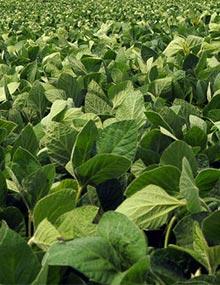
Soybean Production in Missouri
Reviewed
Soybeans were the most successful crop for Missouri farmers in the 1970s & 1980s. Visit our site to learn more about Soybean Production in Missouri.
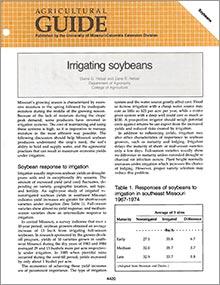
Irrigating Soybeans
Reviewed
Irrigation boosts soybean yields on drought-prone Missouri soils, with short-season varieties showing the greatest response during peak water demand periods.
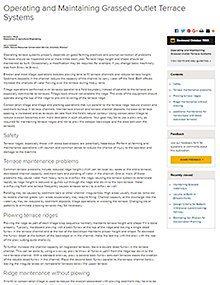
Operating and Maintaining Grassed Outlet Terrace Systems
Reviewed
Discover best practices for maintaining grassed outlet terraces, focusing on ridge preservation, sediment control, and erosion mitigation.

Feeding and Housing Dairy Goats
Reviewed
Sound feeding and housing practices result in optimum goat growth and goat milk production. Visit our site to learn about Feeding and Housing Dairy Goats.
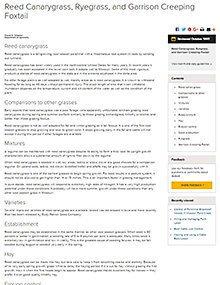
Reed Canarygrass, Ryegrass, and Garrison Creeping Foxtail
Reviewed
Reed canarygrassReed canarygrass is a tall-growing, cool season perennial with a rhizomatous root system (it roots by sending out runners).
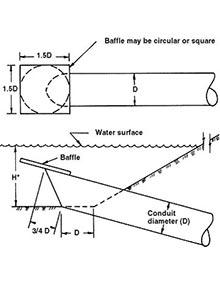
Design Criteria for Canopy and Hood Inlet Spillways
Reviewed
These criteria apply to the design of canopy and hood inlet spillways used as the principal spillway for ponds, irrigation reservoirs, and stabilization structures.
The canopy or hood inlet spillway usually is used in conjunction with an emergency spillway.